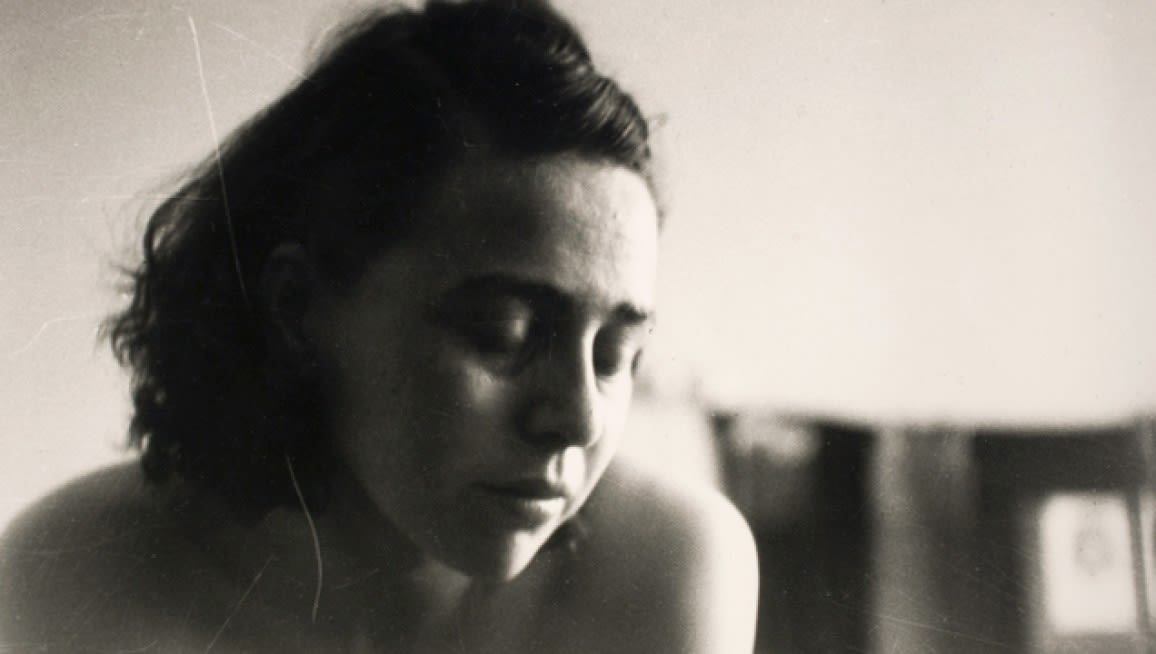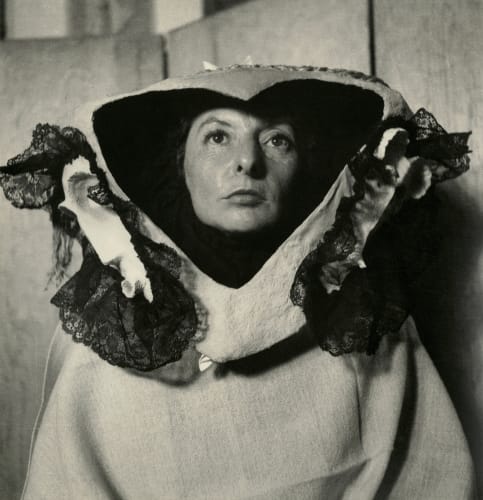
Both cosmopolitan and avant-garde, Kati Horna (1912-2000) is mainly known for her photos of the Spanish Civil War taken between 1937 and 1939 for an album commissioned by the Spanish Republic, as well as her friendship with Robert Capa. Her work is characterised by the influence of the principles of surrealist Photography and her own moving approach to photojournalism and documentary photography. Kati Horna began her photographic career in the young Republic of Hungary in 1933. Newly-fatherless and staunchly political, photography offered Horna the means to earn a living and the chance to fulfil her political ideals. After enrolling at the most prestigious school of photography in Budapest, led by József Pécsi, she moved to Paris in 1933 where she turned her attention to the life she saw around her in the streets and cafés of the French capital. Her series Les Cafés de Paris (1934) captures her brilliant eye for irony and fun. This lighter mood however was soon overshadowed by the more serious images that history would dictate, namely the Spanish Civil War in 1936.
In Paris, Horna was infected with the mood of the moment. She hurried to Madrid with her camera as a photographer for Anarchist magazines including Umbral, Tierra y Libertad, Tiempos Nuevos and Libre Studio. The conflict was the first major European war in which the civilian population bore the brunt of the violence, a tragic precursor to the world war that was around the corner. Horna, uniquely, saw that the real action was as much off the battlefield as on it. While her lifelong friend the photographer Robert Capa hiked up and down mountains in search of the most sensational front-line shots, Horna stayed in the scarred cities of Barcelona and Madrid, documenting the devastating effect of the war on ordinary people. Her pictures of elderly women, young children, babies and mothers are both heartbreaking in their immediacy and visionary in their choice of subject matter.
